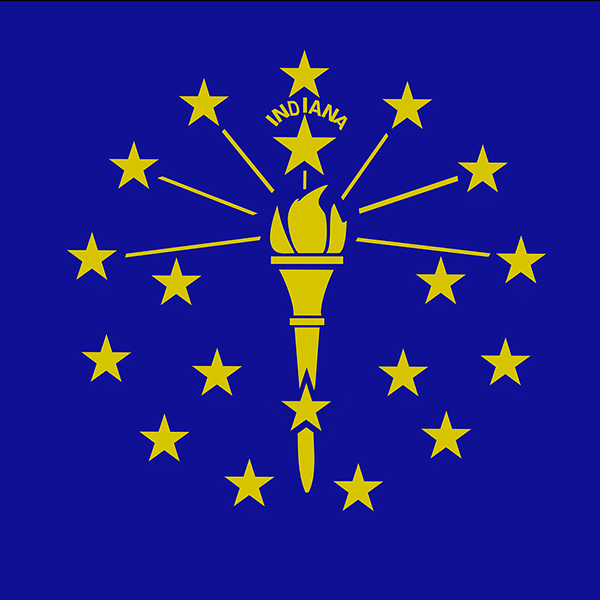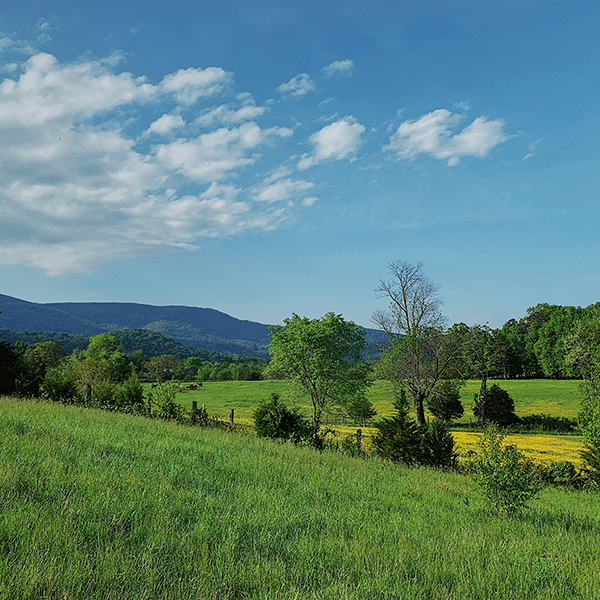 Areas that receive broadband funding through the USDA ReConnect program or a state broadband program will not be eligible to receive funding through the Rural Digital Opportunity Fund (RDOF).
Areas that receive broadband funding through the USDA ReConnect program or a state broadband program will not be eligible to receive funding through the Rural Digital Opportunity Fund (RDOF).
In the RDOF Report and Order, adopted January 30 and released publicly on February 7, the FCC justified the decision by noting that it was “consistent with our overarching goal of ensuring that finite universal service support is awarded in an efficient and cost-effective manner and does not go toward overbuilding areas that already have service.”
The RDOF program will use two reverse auctions to award funding to help cover the cost of deploying service at speeds of at least 25 Mbps downstream and 3 Mbps upstream to areas of price cap carrier territories where such service is not available. The first auction will target census blocks where no provider offers service at 25/3 Mbps speeds based on information that service providers are required to report to the FCC on Form 477. The second auction will target census blocks that are partially served and will be based on data to be collected through a revised version of Form 477.
RDOF Eligible Areas
In January, the FCC released a preliminary list of the number of locations by state that were potentially eligible for the first RDOF auction. Total eligible locations were estimated at six million.
The RDOF order directs the commission to provide additional detail by releasing a list and map showing eligible census blocks. The order also directs the commission to “provide an opportunity to identify census blocks that have been awarded support by a federal or state broadband subsidy program to provide 25/3 Mbps service.”
The preliminary list showing the number of potentially eligible locations by state generated controversy when it was released because it did not include any locations in Alaska or New York. Alaska is different from other rural states in that it has communities that are relatively densely populated but are far from other communities. Accordingly, the FCC created a separate support plan for the state.
New York was not included for a different reason. When the FCC made plans to award broadband funding through the 2018 Connect America Fund reverse auction, the state of New York already had dedicated $500 million for rural broadband through a program known as New NY Broadband. Plans for that program were further along than plans for the CAF. Accordingly, the FCC allowed the state to award up to $170 million in CAF funding for the state at the time the state awarded New NY Broadband funding. At the time, this decision received some criticism, with opponents arguing that New York may have received more CAF money than it would otherwise have won had it participated in the nationwide CAF auction.
Senators Charles Schumer and Kirsten Gillibrand, who represent the state of New York sent a letter to FCC Chairman Ajit Pai asking him to reinstate funding for the state. They argued that “[a]s a longtime significant contributor to Universal Service Fund programs, we believe New York’s participation in CAF should have no bearing on its ability to participate in funding opportunities from other federal broadband initiatives.”
In response, the FCC said it would not categorically eliminate New York from RDOF eligibility. However, it appears that locations that received state funding will still not be eligible.
FCC Commissioner Michael O’Rielly justified that decision in his comments about RDOF eligible areas included with the order:
“I applaud the Chairman for rejecting demands from certain self-serving politicians to use RDOF funds to overbuild areas in the New NY Broadband Program, as well as other areas in New York subject to enforceable deployment obligations. While I never quite loved the decision to undermine inter-area competition in the CAF II auction by reserving special funding for New York, backtracking on our previous agreement and including funded areas in [the first RDOF auction] would have been beyond foolish and incredibly wasteful and undermined longstanding Commission policy against awarding duplicative support in areas already served by an existing provider. Back in 2016, the governor of New York represented to this agency that allocating the full $170 million in CAF II support to the state broadband program would allow full broadband buildout throughout the Empire State, when combined with the state’s own funding. The Commission granted that request even though much of the funding likely would have gone elsewhere, and been spent in a more efficient manner, in the absence of New York’s special treatment. To now claim that New York is being shortchanged is completely ludicrous.”
The Arguments
Similar opposing arguments about the New York example also could be used more broadly with regard to RDOF eligible areas and census blocks that may be excluded from the RDOF because of funding received through ReConnect or state broadband programs.
Several related points worth noting:
- The concern that RDOF funding might support overbuilds funded through a state broadband program or ReConnect seems like a red herring, as RDOF rules already prevent funding from being used in areas where a competitor offers broadband service. A bigger concern is whether a single winner should be able to get funding through the RDOF and another broadband program. With this in mind, it’s worth noting that winning bids in the RDOF reverse auction are unlikely to cover the entire cost of deploying service to an area. The maximum anyone can request (i.e. the highest opening bid) was calculated via a cost model that according to some, covers construction costs at minimum speeds; however, winning bids typically are for considerably less funding. Is there a danger, though, that by combining multiple funding sources, a provider could collect more than it actually needs?
- It’s interesting to contrast the FCC’s moves with USDA’s action in its own rural broadband funding program known as ReConnect. That program awarded funding through a point system, with extra points going to projects in states that had their own broadband funding programs.
- The majority of states now have some type of broadband program, according to The Pew Charitable Trust — although details and available funding vary considerably from one state to another.
I’d be interested in hearing what readers think about FCC plans for RDOF eligible areas.


